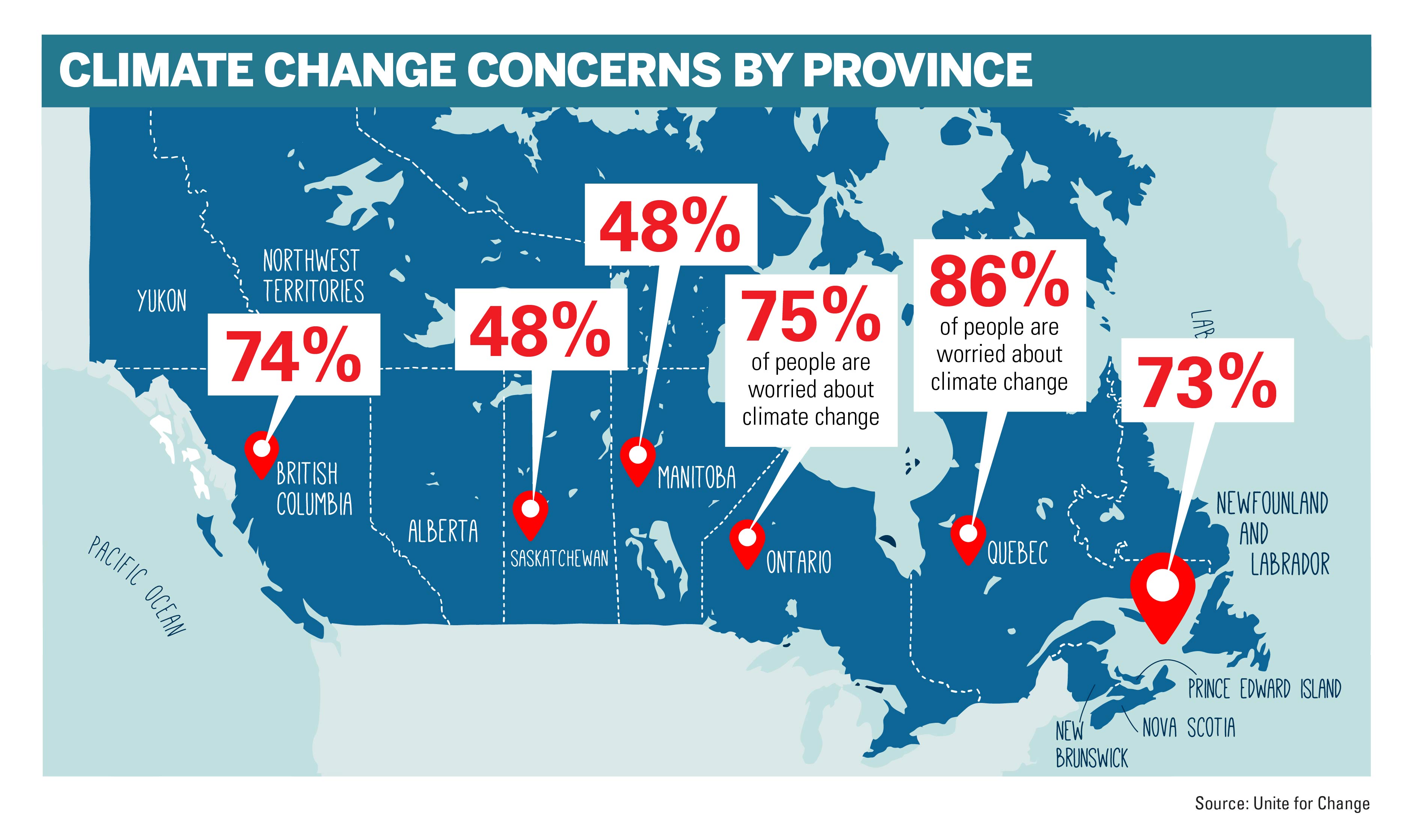

When Bill Durham, vice president at Aon, first started off in the sector, climate risks and resilience weren’t big concerns for him – but it was a push from his family that saw him think again.
“It’s something I wouldn’t have thought of when I got into the industry 28 years ago,” he told IB. “But having two daughters, 22 and 26, who’re really on the forefront of climate change has influenced me.”
At Aon, Durham said helping public sector clients mitigate climate risks is now a core component of their strategy.
“Our national public sector practice has had a long, two-year conversation about this,” he said. “We use our climate risk advisory services, and more of our clients are using them to get the facts they need to make better decisions and improve the resiliency of their infrastructure and operations.”
According to the government of Canada, from June 17 to 19 in Ontario, one heat wave reached a peak temperature of 29 degrees Celsius averaged over the region – 7.4 degrees Celsius above normal. What’s more, research has estimated that there’s 5 million deaths per year related to extreme temperatures.

And this isn’t lost on Durham, who emphasized the challenges climate change poses, especially for public sector entities.
“Climate change is not going away. We’re just seeing more and more severity and frequency of extreme weather events, and this really hits the public sector hard,” Durham said. Municipalities, in particular, face significant pressure to manage these risks while staying within tight budgets.
“They have to deliver the best possible place to live for their constituents...and do it within budget constraints because they’re all publicly funded,” he said.
One of the insurance innovations Aon offers is parametric insurance, which is gaining traction as a tool to address climate-related losses.
“Parametric insurance is triggered by an event meeting a certain parameter, like an earthquake at a certain level on the Richter scale,” Durham said. “Once that trigger is met, the policyholder receives a defined payout, which they can use for whatever they need – disaster recovery, rebuilding, or helping residents recover.”
He also noted the growing concerns around insurability due to climate change, especially in regions prone to wildfires.
“Wildfires are going to become uninsurable very shortly. We’re seeing that now in California, and I think we’re going to be seeing it in the West as well,” Durham said. He believes parametric solutions will play a crucial role in these cases, providing payouts based on predefined conditions, such as a certain number of hectares burned.
When discussing how insurance can promote more resilient infrastructure, Durham said that insurance can incentivize resilience in construction projects.
“Insurance can offer preferred terms and pricing for projects built with resilience in mind, and alternatively, penalize those that ignore resilience,” he said. This carrot-and-stick approach, as he described it, can shift focus toward sustainability and future risk mitigation.
"Project insurance is the backbone of these infrastructure projects," Durham said, pointing out that insurance can drive a focus on resilience by either rewarding sustainable practices or making it more difficult to obtain coverage for projects built in traditional, less resilient ways.
“I think insurance can tilt people's focus more towards sustainability in dealing with future risks.”
